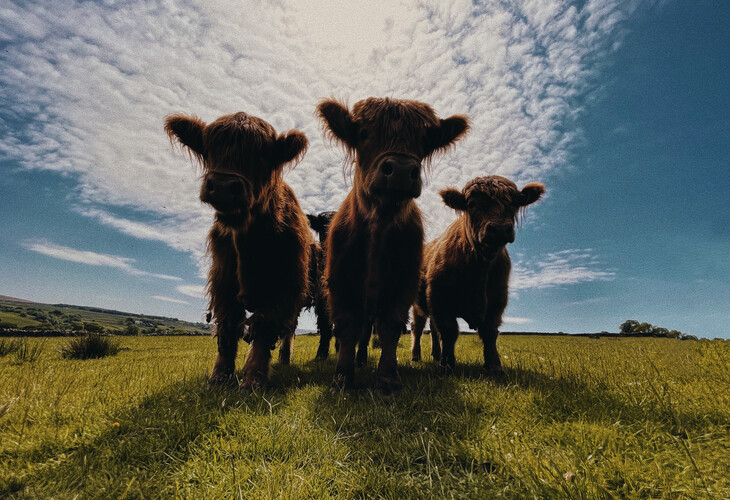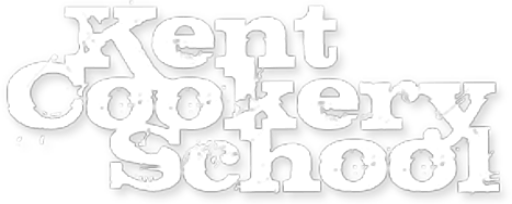Would You Choose Native Beef?

The story behind the breeds…
Before Christmas James and I visited one of our suppliers, Marchants of Bethersden, the source of any meat you’d cook when you visit the cookery school. Why you ask, well we think it’s important to know where food is coming from, you cook with it and eat it but where does it all begin?
So do you REALLY know where the meat you are eating has come from, it is a native or continental breed? What’s the difference and does it matter could be questions coming to mind. As with many food products, we grow, source, and eat, local is best and this shouldn’t stop at our meat.
Did you know continental breeds that are imported into the UK are much larger than our native breeds? They require more grass to eat and survive off, even more so, for the animal to develop fat it needs to be finished on concentrated grain products. This means grass isn’t sufficient for these breeds, often resulting in grains having to be imported into the UK or more land reserved for growing such grains for livestock. Some argue, why this land isn’t instead used to grow foods for us directly.
Even worse, soybean is often used to feed these continental livestock, and this is flown in from countries such as Argentina. Where rainforest and land is flattened to grow soybeans to be exported to other countries, building up thousands of unnecessary air miles!
To combat this, we can support local farmers, lands, and butchers. For example, in the West Country and Wales, they have a lot more rainfall which is great for grass to grow and native breeds to have a feast on!
Did you know? Because many of us don’t eat venison in the UK, again a native species, a lot of our venison is exported to European countries like Germany.
Which breeds are native to the UK?
Here’s a selection of ones you may have heard of…
Hereford, the traditional Hereford cows are long-lived, fertile, and maternal. The breed is known for being excellent at converting grass into top-quality meat and will even do well on poor-quality pasture. Docile and easy to handle, yet adventurous, adaptable, and surefooted, the Hereford is already widely used in conservation grazing.
Shetland, used to be predominantly a dairy breed however, most are now kept as suckler cows for high-quality beef production. The Shetland will finish within 30 months of poor-quality forage with generally low production costs. Shetlands are very hardy and able to thrive in most situations. This breed is well suited to most conservation grazing projects and will browse and graze most species.
Vanyol, this small breed is excellent for conservation grazing. Their small size and thrifty nature mean that they can survive on poor grazing. Members of the public tend to be wary of their horns and so they are less likely to be disturbed. Vaynols are one of the rarest cattle breeds in the UK.
- Visit Rare Breds Survival Trust for further reading on this topic or check out their 2023/24 Watchlist of breeds.
- Another useful snippet of information is this news release from John Lewis Partnership about selling more native beef.
